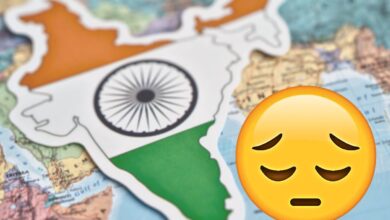How the pharmaceutical companies will benefit from the sudden boycott of China?
There is a growing tension between India and China as India decides to suddenly boycott trade, amidst all the current political tensions between both nations. Such a potential play, however, is a significant source of concern for India’s pharmaceutical sector in addition to for individuals in India, also internationally, who rely upon the nation’s world-renowned source of medications, writes Rory Horner, senior lecturer in the Global Development Institute, University of Manchester.
He explains trade boycott and bans are extremely costly because the ongoing production majorly affects the global supply chain. The current case with the pharmaceutical industry is affecting the supply chain of China and causing a growing demand surge for India. Although India is stated as the third-largest producer of drugs in the whole world, it relies on China for the supply of the raw materials for the production process. An estimation of about 70 percent of the API requirements constituted by the Indian pharmaceutical industry is sourced right from the suburban districts of China.
India and China trade gains and losses over the years
India’s trade deficit with China climbed to $46.56 billion in the final year. China’s exports to India totaled $58.33 billion, registering an increase of 0.2percent in comparison to $58.25 billion in 2015. India’s exports to China have dropped 12 percent from 2015 to $11.76 billion.
India has majorly focussed more on the import and less on the export concerning China. India’s pharmaceutical industry has said in the previous paragraph, have a large dependency on China for the supply of raw materials for production. But with the ban which has taken place currently in China, it has proven a boon for this industry. Indian companies are being pushed to more production of raw materials so that the demand-supply curb can be balanced. The sudden boycott of the Chinese products will surely bring the nation down its knees. China’s export to India accounts for only 2 percent of the total exports which are made.
Coming back on the topic, how can the Indian pharmaceutical industry grow largely from the ban?
The development has assumed a major significance as India is currently asking the markets to increase their access for goods and services, those including in the IT, agriculture and pharmaceuticals. These are being done to widen the gap between the trade deficit caused by the ban.
At the assembly of India China Joint Group on Trade, Economic Relations, Science, and Technology here, the dilemma of trade imbalance has been discussed in detail. China on its role promised to deal with the trade gap issue.
Zhao Lijian, a spokesperson for China’s Foreign Ministry, has said that China is gravely concerned about the app and trade ban. He even said that the authorities are trying their hardest to cross-check and verify the information on the current situation. But he has even added that it is completely India’s right to uphold the legitimate rights of the international investors.
Chinese business risk losing out on India’s, if the ban stays in place booming an almost 280 billion rupees ($3.7 billion) this year, based on Media business GroupM.




